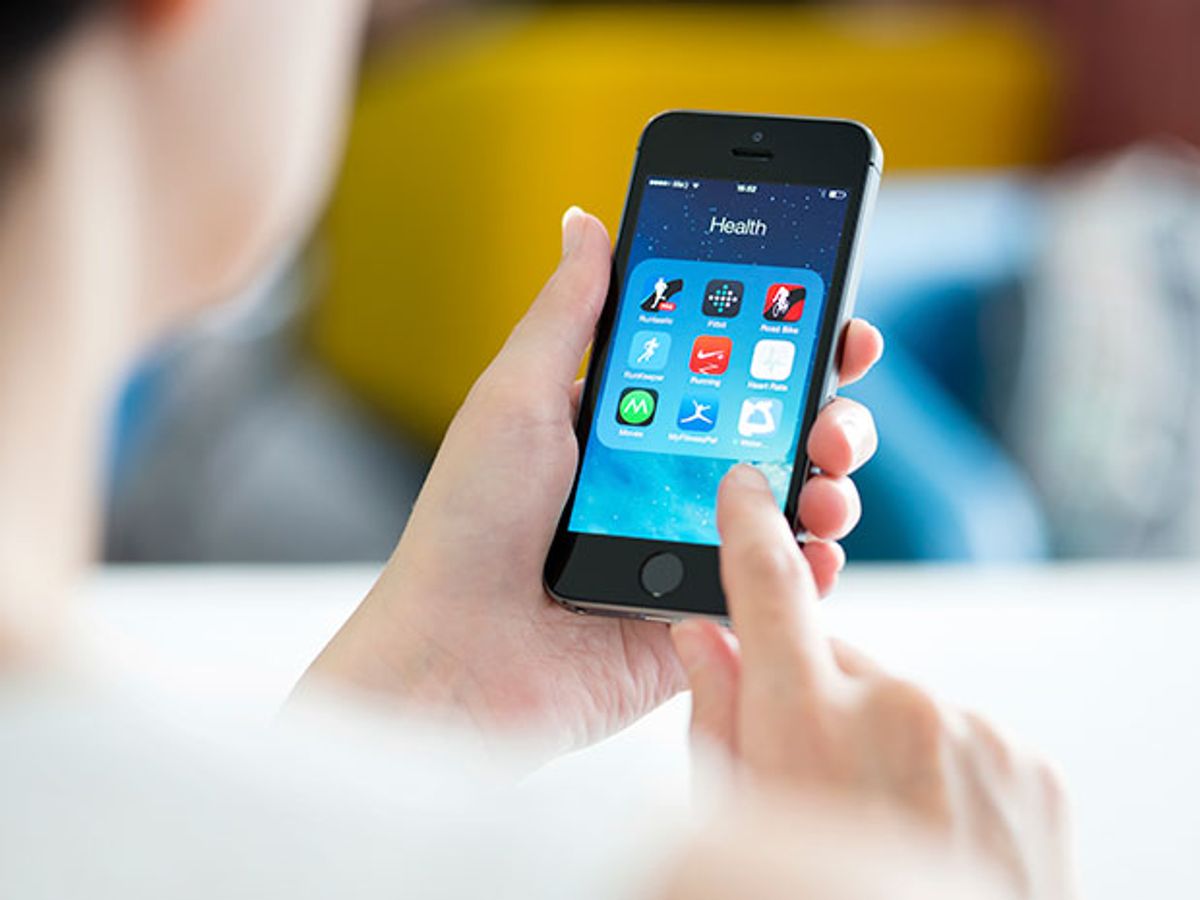During late August here in the United States, it can start to feel like everything is moving a little bit slower. In the case of your apps, that may actually be the case.
Earlier this year, a San Francisco company called Apteligent released a report based on internal data that suggests app performance slows by 15 percent in the summer. The report identifies humidity as the culprit, though the company can’t say for sure based on their data why the extra delay occurs.
However, it’s a reasonable guess that moisture in the air is the guilty party in light of research showing that radio signals attenuate in humidity as well as in rain, sleet, and snow. As radio waves travel through humid air, water molecules absorb part of their energy and scatter another portion, weakening the signal or causing data packets to be lost altogether, says Milda Tamošiūnaitė of the Center for Physical Sciences and Technology in Vilnius, Lithuania.
This effect is particularly bad at frequencies above 1 gigahertz, which are used for LTE service, because those shorter wavelengths repeat more frequently and so have more opportunities to encounter obstacles as they travel. Those obstacles will also be larger relative to the size of the wave than obstacles encountered by waves at lower frequencies.
Phone calls and data connections are both attenuated by rain, humidity, and other forms of airborne water—though phone calls are sometimes handled at lower frequencies, so they may be slightly less impacted than Web browsing. Previous research has often focused on the effect of rain on radio signals, but the specific role of humidity has been studied less.
The informal study by Apteligent hints at humidity’s potential impact on app performance, though can’t be considered definitive. The company monitors tens of thousands of apps for clients including Hilton, Groupon, Netflix, and PokemonGo. Its clients embed a bit of special code into their apps, and the code allows Apteligent to track what users are doing, how much data they are sending and receiving, whether they experience any delays, and what might be causing those delays.
“If it's a smartphone in the U.S. that has apps, the odds are very high that we're embedded in one of those,” says Andrew Levy, Apteligent’s co-founder and chief strategy officer.
To examine the possible role of humidity in app performance, the company compared the average latency across its entire U.S. network of smartphone apps during the summer of 2015 with its performance the following winter. They found that service was about 15 percent slower in the summer than in the winter. Their theory is that humidity caused the bulk of this impact.
Ultimately, the average delay only worsened by about 60 milliseconds—a period of time that customers aren’t likely to notice. For comparison, Tamošiūnaitė says light rain could attenuate a 2 GHz signal by 15 percent at a distance of about 3000 kilometers, or at 128 kilometers during heavy rain (Note: this example assumes that rain is the only factor causing signal degradation, which is never the case in real life).
So what does all of this mean for developers? Paulo Michels, VP of engineering for app development company ArcTouch, says it won’t change his approach very much. He and his team of 60 software engineers, who have developed roughly 300 apps, aren’t focused on weather more than any other factor when building a new app. They already use common strategies such as compressing JPEGs, pre-processing videos to allow them to stream at multiple potential qualities based on a user’s network, and caching content on phones in order to avoid delays.
“The network, of course, plays a big effect on overall app performance, but as mobile developers, we're used to considering the network as something unreliable and unpredictable,” he says.
Eric Richardson, senior software engineer for WillowTree, who has worked on more than 35 Android apps, says 60 milliseconds is no more than “the blink of an eye” and designing to account for peculiar weather conditions is not a major priority beyond the measures that developers already take for poor network connections.
But he also says the Apteligent report might mean that developers should start to make an effort to test their apps in humid conditions as well as on dry days. Right now, his company relies primarily on simulated 3G and 4G networks running on Wi-Fi to evaluate their apps, as well as some beta testing in the real world.
“Up until now, I don't think weather has ever been on our minds,” he says. “But now that it is, I guess it kind of brings in the perspective to do more realistic testing as opposed to just sitting in the office connected to Wi-Fi.”



